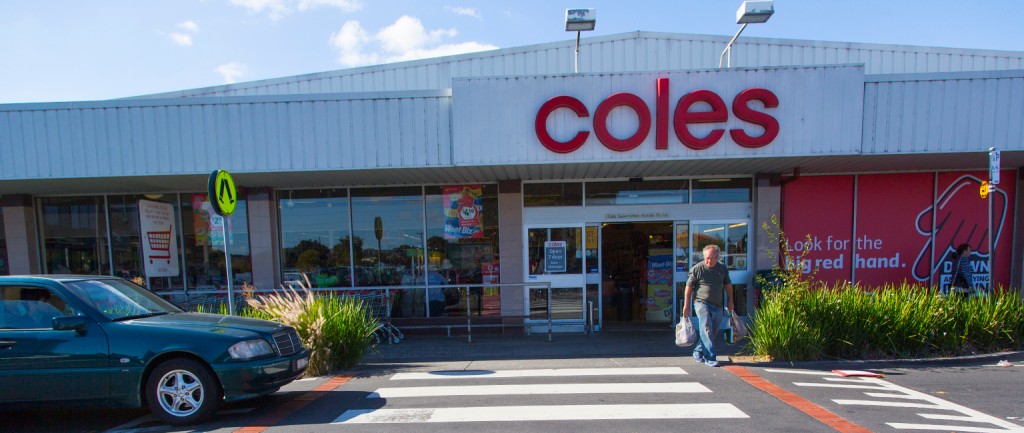Supermarkets set to slug it out in 2015

Australia’s $94 billion supermarket industry has been a cosy duopoly for decades, but that looks set to end with the growth of Aldi and Costco setting the stage for an all-out battle for market share.
Aldi has been a quiet builder of its Australian business, opening its first store in 2001 in Sydney, but the group has a history as a serial disrupter of the industry in Europe. Its success comes courtesy of its low cost business model and strategy of selecting one brand per category, allowing it to economise on logistics and shelf space.

Now with 350 stores, its Australian business has reached a tipping point where economies of scale will allow it to take Coles and Woolworths head on. And its plans for expansion are gathering momentum with the group announcing it will build new distribution centres in Perth and Adelaide this year capable of supplying an additional 150 stores.
Some of the fallout can be seen already in the 18% drop in Woolworths share price last year. Industry watchers have taken note that Coles is seeking a new CEO following the resignation of Ian McLeod, the executive who engineered the turnaround of Australia’s second largest supermarket chain.

Source: Roy Morgan, Woolworths, Wesfarmers, Aldi, IGA
Stockbroker UBS is forecasting Aldi will double its store numbers over the next 4 years, and if that happens there could be major repercussions in commercial property.
For one thing, the rise of Aldi brings to mind the ‘margin price war,’ which erupted in the UK as the expansion of low cost brands, including Aldi-damaged market leaders Tesco, Morrisons and Sainsbury. Key battles in that fight will sound familiar to Australians, such as litres of milk and loaves of bread being offered for just 50p.
For another, supermarkets are a major source of tenant demand, with larger format stores often playing the role of flagship tenant – a key driver of visitor numbers to shopping malls and strips. That role, and the dominance of the duopoly, has led to plenty of controversy in the past, including complaints in regional towns when relocations of supermarkets to new sites saw dramatic falls in sales for other retailers.
The shift to large island sites outside of traditional shopping precincts could start to falter as Aldi outlets, at just 700 sqm, are smaller than most Coles and Woolworths who operate stores up to 5,000 sqm in size.
Read more: Investors shopping up a storm in mid-sized centres
Owners of buildings suitable for this smaller space format in high traffic locations are likely to be beneficiaries.
Costco is also shaping up as a significant player in the coming stoush, with their Australian arm experiencing a surge in sales thanks to its ‘buy bulk and save’ strategy. Costco has 7 ‘big box’ outlets in Victoria, ACT, Queensland and NSW and plans for 3 more by 2017 after opening 3 new warehouses in 2014.
As the battle for the supermarket dollars gains momentum, it adds up to more price pressure for the majors. Smaller independents will also likely find themselves in the cross fire, particularly those positioned as discount end of the market.

However the competitive chips fall, one thing is for certain: the days of the cosy supermarket duopoly are over.
Related posts that may interest you:







